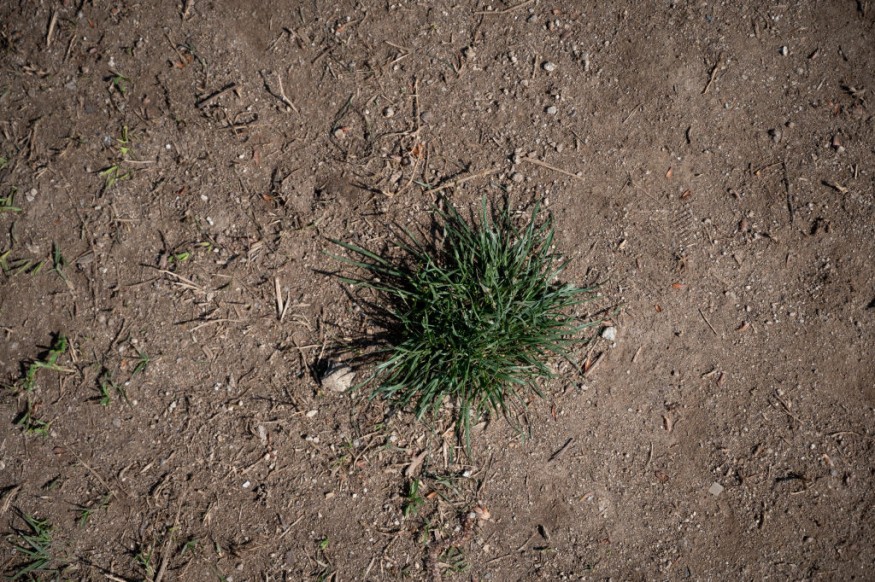A new study reveals that soil microorganisms may be able to lower the greenhouse gas emissions that come from growing food.
The Norwegian University of Life Sciences (NMBU) and IIASA carried out this study.

Nitrous Oxide Emission
Nitrous oxide (N2O) emissions from fertilized agricultural soils account for a large portion of the total greenhouse gas emissions from agriculture. It has long been accepted that emissions of N2O cannot be prevented.
However, a global group of scientists from NMBU has created a technique to reduce these emissions.
They found that certain bacteria may "consume" nitrous oxide, keeping it from escaping into the atmosphere while it thrives in the soil. According to the experts, utilizing this strategy by itself might reduce agricultural nitrous oxide emissions in Europe by 33%.
Scientists have been studying the transformation of nitrogen by soil bacteria for more than 20 years. They have studied microorganisms in hypoxic environments-that is, settings with low oxygen concentrations-in great detail.
The scientists have developed a brand-new method for researching denitrification and have discovered crucial information regarding controlling this process. In addition to using robotic solutions in the lab and on the job, they have developed a special robot that can measure the emissions of soil nitrous oxide in real time.
They contrasted the soil's characteristics with and without the microorganisms. The bacteria, according to the researchers, cut the initial fertilizer treatment's nitrous oxide emissions by 94%.
The bacteria cut the emissions from a second fertilizer treatment in half after two weeks. The composition of the microbial life forms remained the same after roughly three months. This gave the researchers hope that the soil wouldn't be harmed or altered by their microbes.
The microorganisms employed by the researchers are indigenous to anaerobic digesters, which are currently in use to convert organic waste materials like cow dung into biofuels. The microorganisms are not genetically engineered, according to the researchers. According to Paul Carini of the University of Arizona, this might make their use easier to accept.
Lowering N2O emissions is feasible by utilizing a certain type of bacterium that is incapable of creating nitrous oxide but can convert it into harmless nitrogen gas (N2).
Utilizing a specific type of bacteria that can transform nitrous oxide into harmless nitrogen gas (N2) but is incapable of producing nitrous oxide itself is one way to reduce N2O emissions.
Global Use Of Bacteria
Nitrous oxide has the ability to warm the atmosphere 265 times faster than carbon dioxide of the same mass. It is possible for nitrous oxide to linger in the atmosphere for over a century.
The amount of nitrous oxide generated in soil is increased by farmers' use of nitrogen fertilizer.
According to the U.S. According to the Environmental Protection Agency, nitrous oxide accounted for 6% of all greenhouse gas emissions from human activity in the country in 2022.
Lars Bakken of the Norwegian University of Life Sciences said the bacteria might be added to some agriculture fertilizers in three to four years if people believe it is worth the cost.
But he made the point that farmers do not receive compensation for lowering their emissions of nitrous oxide. He believes that more incentives are needed to reduce pollution.
"It is the responsibility of the authorities to implement policy tools that generate revenue in any manner," he stated.
Experts said that before the bacteria could be employed globally, more field research would probably be required. This is due to the fact that soil varies greatly throughout the planet.
© 2025 NatureWorldNews.com All rights reserved. Do not reproduce without permission.





